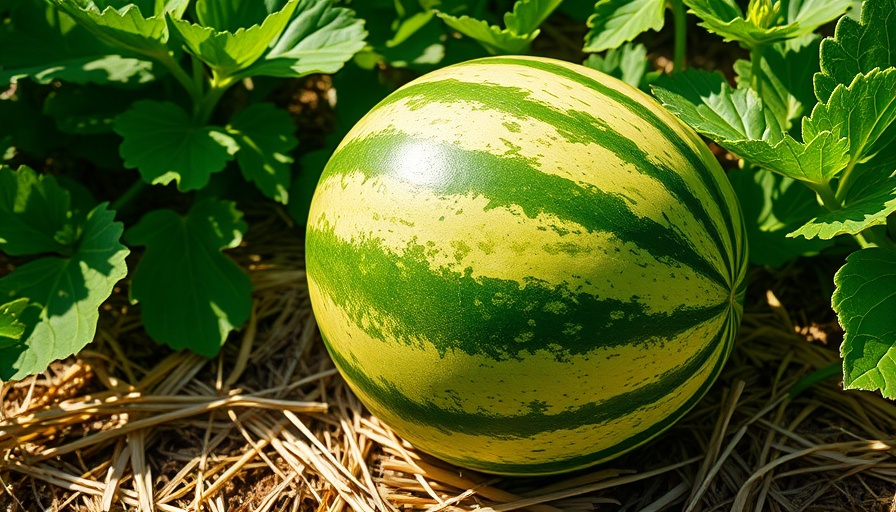
Perfectly Ripe Watermelons: The Gardeners' Guide
Nothing compares to the taste of fresh watermelon picked straight from the garden. Sweet, juicy, and refreshing, this summer favorite can, however, be a disappointment if you're not careful. Too early, and you'll end up with a bland, underdeveloped melon; too late, and you're left with a mushy disaster. To reap the sweetest rewards, you need to know exactly what you’re doing. So, how can you ensure your watermelons are perfect?
In If You Want To Grow Perfect Watermelons, Watch This Video, key insights on cultivation practices make growing your own watermelons more accessible and rewarding.
Selecting the Right Variety for Your Climate
The first factor to consider is the variety of watermelon you choose. Some varieties take longer to mature and require a warmer growing season, making them ideal for sunny locales. For instance, **Charleston Gray** and **Mountain Sweet Yellow** may take up to 100 days before they’re ready to harvest. However, if you reside in Metro Vancouver, where growing seasons are shorter, opt for quicker varieties like **Crimson Sweet** or **Cream of Saskatchewan**. For smaller gardens, **Sugar Baby** watermelons thrive in tighter spaces, maturing within about 85 days.
Optimal Planting Techniques
To set your garden up for success, proper planting technique is vital. Watermelons love the sun, needing at least eight hours of direct sunlight each day. Consider creating raised mounds for your seeds, spacing them about four to six feet apart. This method not only improves drainage but also helps with nutrient absorption, leading to bigger, juicier melons. For those with limited space, growing vertical—using trellises—allows vines to flourish upwards, saving ground space for other plants.
Soil Preparation: A Nutrient-Rich Foundation
Heavy feeders, watermelons require nutrient-dense soil. Before planting, enrich your garden with compost and organic fertilizers to ensure your plants have ample nutrition throughout their growth cycle. It's essential to wait for the soil temperature to reach at least 70°F before planting; this will prevent stunted growth and ensure a healthy crop.
Harvest Time: Knowing When to Pick
Understanding when to harvest is crucial. Look for three signs: a dry tendril at the stem, a withered spoon leaf, and a creamy yellow field spot on the melon’s bottom. While the knock test can be fun, it might not be the most reliable method for gauging ripeness. Instead, rely on visual cues and feel to determine your melon’s readiness for harvest.
Benefits of Homegrown Watermelons
Growing your watermelons at home not only provides a delicious, chemical-free treat but also fosters a sense of achievement and connection to nature. It's also an excellent way to engage the family and make gardening a fun activity!
In the video If You Want To Grow Perfect Watermelons, Watch This Video, various tips on watermelon cultivation were discussed, providing insights that can enhance your gardening success. Whether it's selecting the right variety, planting techniques, or knowing when to pick, knowing these details will set you up for a fruitful harvest.
Are you ready to grow your own watermelons? Take the plunge into gardening this season and savor your homegrown success!
 Add Row
Add Row  Add
Add 




Write A Comment